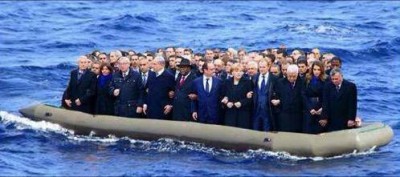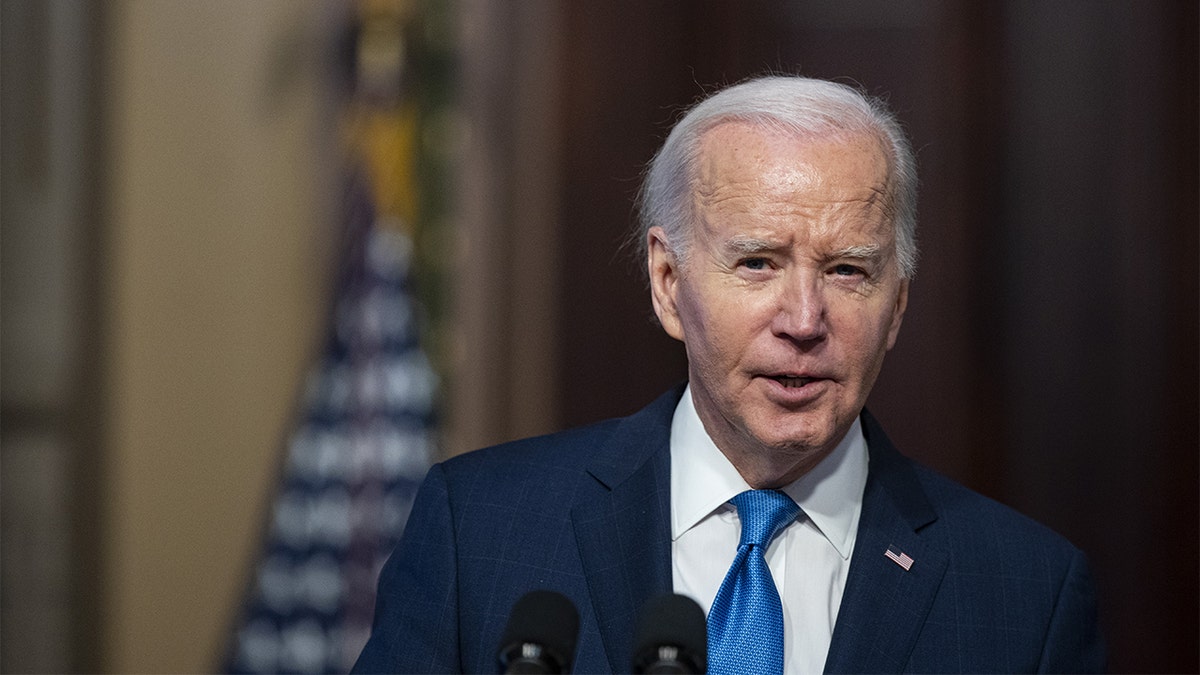Neocolonialism and “Migrants Crisis”

From the United States to Europe, the “migrants crisis” arouses internal and international polemics about the policies to be applied to migratory flows.
Everywhere, however, they are represented according to a cliché that overturns reality: that of “rich countries” forced to suffer the increasing pressure of migration from “poor countries”.
The underlying cause is hidden: the economic system that in the world allows a small minority to accumulate wealth at the expense of the growing majority, impoverishing it and thus provoking forced emigration.
With regard to migration flows to the United States, the case of Mexico is emblematic. Its agricultural production collapsed when, with the NAFTA (the North American “free” trade agreement), the US and Canada flooded the Mexican market with cheap agricultural products thanks to their own state subsidies.
Millions of peasants were left without work, swelling the labor force recruited in the maquiladoras: thousands of industrial plants along the border line in the Mexican territory, owned or controlled mostly by US companies, in which wages are very low and union rights inexistent. In a country where around half of the population lives in poverty, the mass of those seeking to enter the United States has increased.
Hence the Wall along the Mexican border, started by the Democratic President Clinton when NAFTA came into force in 1994, continued by the Republican Bush, strengthened by the Democrat Obama, the same Wall that the Republican Trump would now complete on all 3000 boundary km.
With regard to migration flows to Europe, the case of Africa is emblematic. The continent is very rich in raw materials: gold, platinum, diamonds, uranium, coltan, copper, petroleum, natural gas, precious wood, cocoa, coffee and many others. These resources, exploited by the old European colonialism using slavery methods, are now exploited by European neo-colonialism, relying on African élites in power positions, low-cost local labor and control of domestic and international markets.
Over one hundred companies of UK and other countries, listed on the London Stock Exchange, exploit mining resources worth over $ 1,000 billion in 37 sub-Saharan African countries.
France controls the monetary system of 14 former African colonies through the CFA Franc (originally acronym for “French Colonies of Africa”, recycled into “African Financial Community”): to maintain parity with the euro, the 14 African countries must deposit half of their foreign exchange reserves in the French Treasury. The Libyan state, which wanted to create an autonomous African currency, was demolished with the war in 2011.
In Ivory Coast (CFA area), the world’s leading cocoa producer, French companies control the bulk of cocoa marketing: small farmers get only 5% of the final product value, with the result that most of them live in poverty. These are just a few examples of the neocolonial exploitation of the continent.
Africa, presented as dependent on foreign aid, provides an annual net payment of around $ 58 billion abroad. The social consequences are devastating.
In sub-Saharan Africa, whose population exceeds one billion and is 60% made up of children and young people, about two-thirds of the population live in poverty and, among these, around 40% – i.e. 400 million – live in extreme poverty.
The “migrants crisis” actually is the crisis of an unsustainable economic and social system.
*
This article was originally published on Il Manifesto.
Manlio Dinucci is a Research Associate of the Centre for Research on Globalization.



